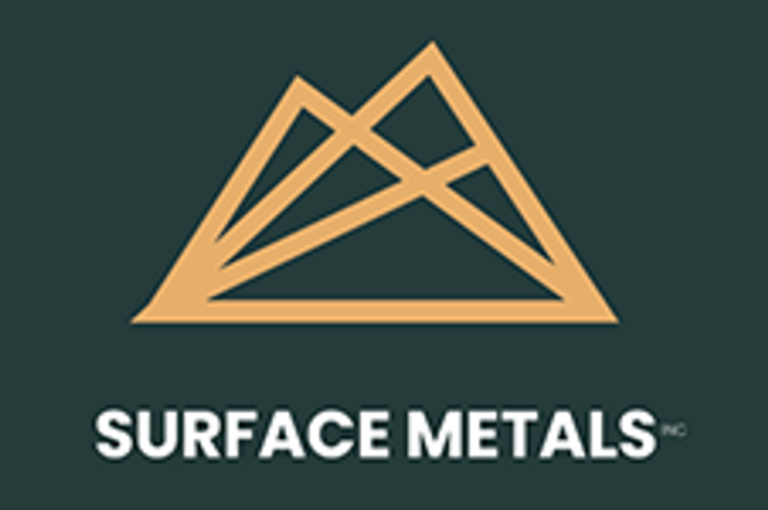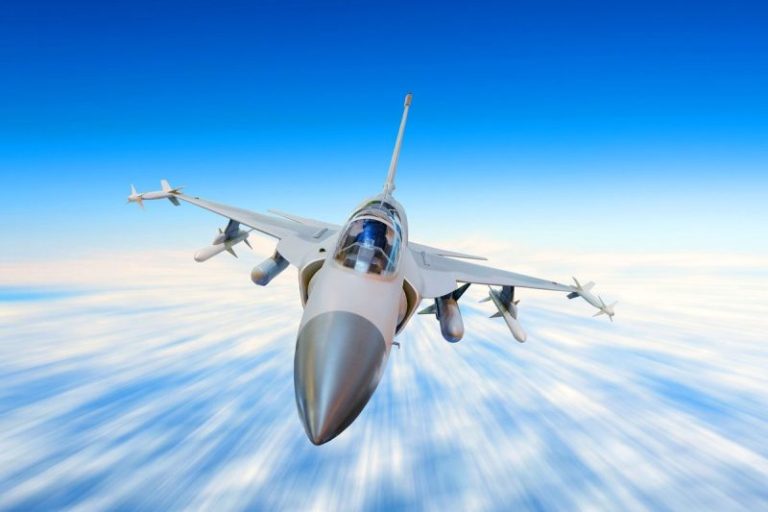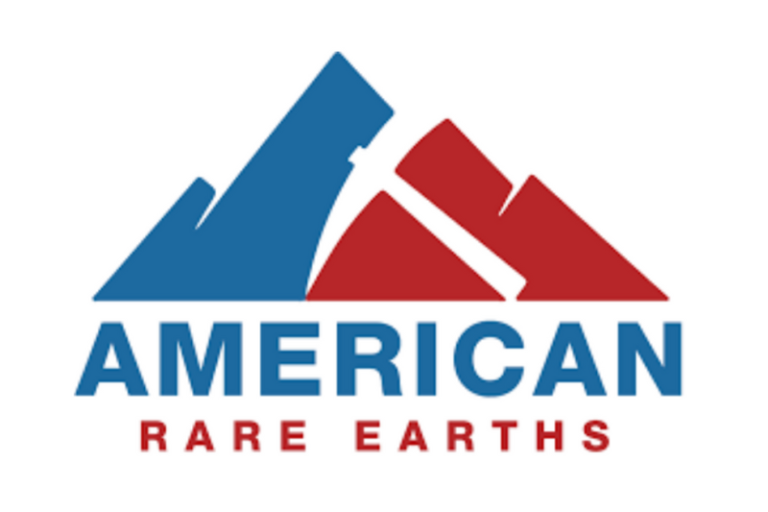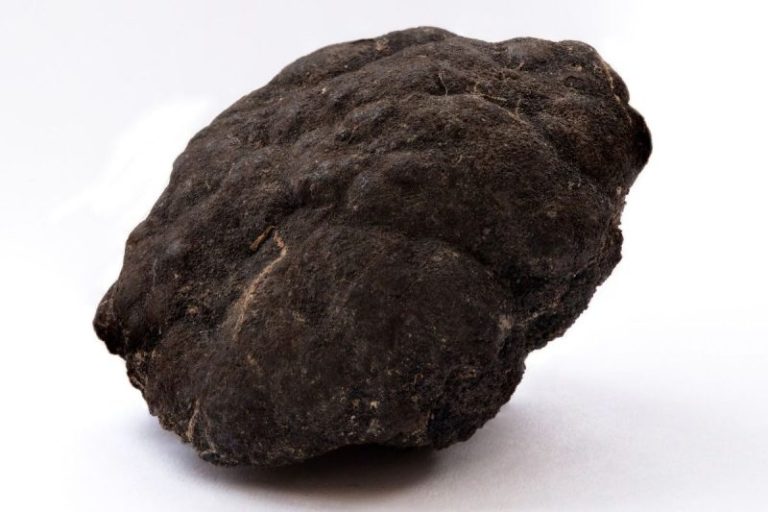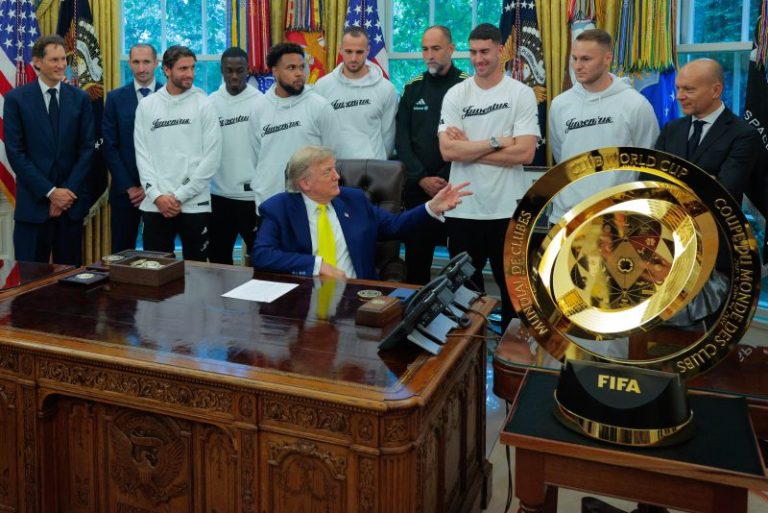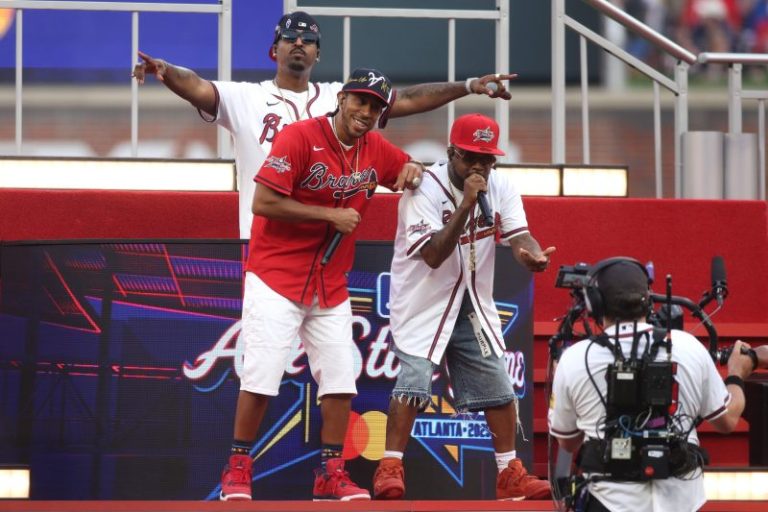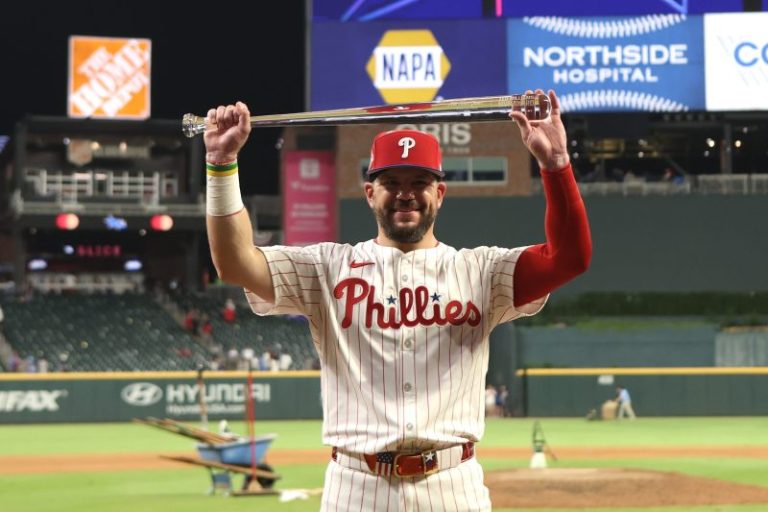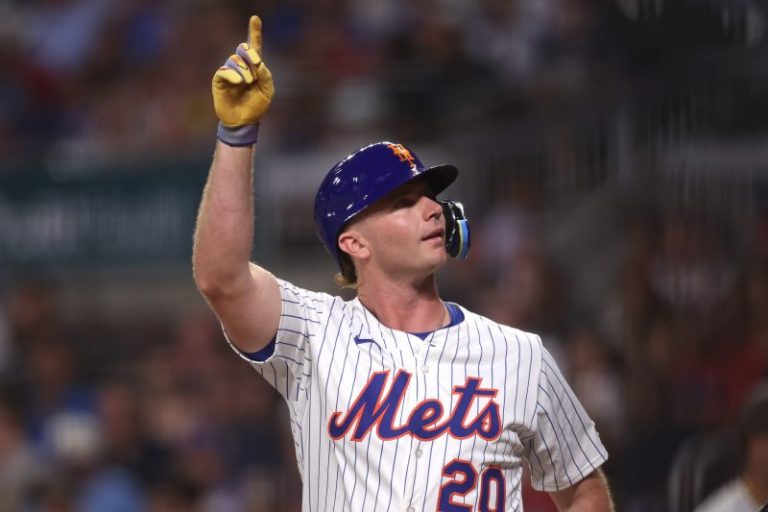Investor Insight
With a clear vision for value creation in the energy transition and precious metals sectors, Surface Metals has strategically assembled one of North America’s most compelling project portfolios. Anchored by a high-potential gold asset and a robust lithium pipeline, the company is focused on discovery-driven growth, resource development, and unlocking long-term shareholder value through exploration, partnerships and potential M&A.
Overview
Surface Metals (CSE:SUR,OTCQB:SURMF) is a diversified exploration and development company with a portfolio spanning precious metals and lithium, targeting the growing global need for electrification metals and gold as a financial hedge.
The company’s flagship Cimarron gold project in Nevada is an underexplored, high-grade oxide gold system with historic drilling by majors including Newmont and Echo Bay. Simultaneously, Surface Metals, through its subsidiary ACME Lithium US, is developing lithium projects across Nevada and Manitoba, Canada. These include the Clayton Valley lithium brine asset (with a defined resource), the claystone-hosted Fish Lake Valley project, and the pegmatite-rich Shatford and Cat-Euclid claims in partnership with Snow Lake Resources.
Surface Metals’ projects are located in prolific mining jurisdictions in Nevada and Manitoba
With a foundational 43-101 resource, compelling exploration upside, and strategic positioning next to producing and near-producing lithium assets, Surface Metals is building value from the ground up.
Company Highlights
- Dual Focus Portfolio: Combines precious metals and energy transition minerals, including a 90 percent stake in the Cimarron gold project and multiple lithium assets in Nevada and Manitoba.
- Gold Asset with Legacy Database: Cimarron contains over 190 historical drill holes with high-grade intercepts and a non-compliant historic resource of 50,000+ oz gold, open in multiple directions.
- NI 43-101 Lithium Resource: The Clayton Valley project hosts an inferred lithium carbonate equivalent (LCE) resource of 302,900 tonnes, backed by geophysics, drilling and pumping test data.
- Strategic Lithium Locations: Lithium claims are adjacent to Albemarle’s Silver Peak mine and Ioneer’s Rhyolite Ridge development in Nevada, and contiguous to the Tanco mine in Manitoba.
- Experienced Leadership: Led by resource sector veterans with a track record of successful exits, technical development and public company management.
- Energy Transition Strategy: Well-positioned to benefit from macro tailwinds in lithium demand and US domestic critical minerals supply chain policies.
Key Projects
Cimarron Gold Project
The Cimarron gold project is a high-grade epithermal gold exploration project located at the north end of the San Antonio Mountains in the historic San Antonio (Cimarron) mining district, approximately 18 miles north of Tonopah, Nevada. Surface Metals holds a 90 percent interest in the project through its US subsidiary, Surface Metals US Inc. The project comprises 31 lode claims and is characterized by shallow, structurally controlled, low-sulfidation oxide gold mineralization.
Cimarron lies at the intersection of two regionally significant gold trends: the northwest-trending Walker Lane Belt and a north-northeast trend hosting Round Mountain (Kinross), Bullfrog, Goldfield, Manhattan and Gold Hill deposits. Notably, Round Mountain—located just 28 miles north—has produced more than 15 million ounces of gold. The project benefits from excellent infrastructure, including nearby power, road access and historic drill pads.
Aerial view of the project property
From 1980 to 2004, significant historical exploration was conducted by major operators such as Newmont, Echo Bay, Romarco and Budge. More than 190 drill holes define three main mineralized zones: West, Central and East. Echo Bay’s internal reports (1987) estimated a non-NI 43-101 compliant resource of over 50,000 oz of gold hosted in approximately 1.5 million tons (Mt), with roughly 80 percent of the ounces located in the West Zone. Historic high-grade intercepts include:
- 4.46 grams per ton (g/t) gold over 11 m
- 4.49 g/t gold over 23 m
- 3.94 g/t gold over 46 m
Mineralization remains open in multiple directions, and surface sampling has returned anomalous gold values across a wide area, indicating strong potential for both lateral and vertical extensions. The mineralized system features strong structural controls and is interpreted to be part of a shallow, boiling zone epithermal system.
Surface Metals is currently finalizing its 2025/2026 exploration interpretation and strategy to potentially expand the known mineralized envelope and produce an NI 43-101 compliant resource estimate.
Clayton Valley Lithium Brine Project
The Clayton Valley Project, held through Surface’s subsidiary ACME Lithium US, is located in Esmeralda County, home to the only operating lithium brine mine in the United States: Albemarle’s Silver Peak mine. ACME’s 100 percent interest covers 122 placer claims totaling 2,440 acres in one of the world’s most prolific lithium-producing basins.
The project hosts a defined NI 43-101 inferred resource of 302,900 tons of lithium carbonate equivalent (LCE), based on extensive geophysical surveys (gravity and HSAMT), Phase 1 and Phase 2 drilling, and a 10-day pump test. The brines are hosted in interbedded silts, clays, sand and gravel, with lithium concentrations in brine ranging from 38 to 130 mg/L. Borehole DH-1 confirmed brine presence from 85 meters to 370 meters, with increased concentrations in basal gravels and lacustrine tuff layers.
Phase 2 drilling (DH-1A and TW-1) reached a depth of 1,940 ft, intersecting the Lower Gravel Unit (LGU), interpreted as the main brine aquifer. Pack testing and zone-isolated sampling from the LGU showed lithium values up to 71 mg/L. Permeability tests demonstrated favorable aquifer transmissivity. The presence of bicarbonate-rich groundwater indicates typical Clayton Valley geochemistry, conducive to direct lithium extraction (DLE) processing. Surface is currently evaluating DLE partnerships and pilot testing, with SLB (formerly Schlumberger) having already demonstrated a working DLE unit in the region.
Fish Lake Valley Lithium Claystone Project
The Fish Lake Valley (FLV) project is a 100 percent owned sedimentary lithium claystone asset covering 207 claims across 4,002 acres in Esmeralda County. The project is strategically adjacent to Ioneer’s fully permitted and DOE-funded Rhyolite Ridge lithium-boron project, with expected commencement of construction in 2025 and offtake agreements with Ford, Panasonic and Toyota.
FLV hosts lithium values up to 1,418 parts per million (ppm) in surface samples, with boron anomalies as high as 1,964 ppm—both strong indicators of favorable sedimentary lithium potential. Two major field sampling programs (2022 and 2023) confirmed the widespread presence of lithium-bearing illite-smectite clays. Phase 2 sampling utilized Asterra’s satellite analytics to identify new mineralized zones.
Geophysical surveys, including gravity and HSAMT, confirm the presence of a deep down-dropped basin with clay-rich horizons extending to over 1.3 km depth. Interpreted illite-smectite units, comparable to Rhyolite Ridge’s host rocks, are present throughout the basin. The project is fully permitted for drilling, with multiple high-priority drill targets identified for validation and resource definition. Surface is actively seeking a JV or strategic partner to fund and advance this asset.
Shatford, Birse and Cat-Euclid Lake Lithium Projects
Surface Metals, in partnership with Snow Lake Resources (Nasdaq:LITM), holds a 49 percent interest in a 17,000-acre pegmatite exploration portfolio in southeastern Manitoba, contiguous with the Tanco mine, Canada’s only operating LCT (lithium-cesium-tantalum) pegmatite mine, owned by Sinomine.
The Shatford Lake project comprises 21 claims (8,883 acres), Birse Lake adds another 10 claims (5,196 acres), and the Cat-Euclid block includes six claims (2,930 acres). The claims straddle the Greer-Shatford Shear Zone, a major 15-km structural corridor hosting known pegmatites, favorable host rocks and historic lithium occurrences.
Snow Lake’s 2024 field campaign discovered a 25 m to 30 m wide tantalite-bearing pegmatite on the Cat-Euclid block and identified multiple new pegmatite swarms under heavy overburden. Drilling at Shatford Lake (2023) included eight holes totaling 3,280 meters, intersecting pegmatites in six holes. 3D modeling of airborne magnetic data correlated structural dilation zones with pegmatite emplacement, prime targets for lithium mineralization. Multiple new drill targets have been identified for follow-up in 2025. The joint venture provides a low-cost pathway to potential lithium discoveries near a fully integrated lithium processing facility.
Management Team
Stephen Hanson – President, CEO and Director
With over 28 years of global experience in finance and corporate development, Stephen Hanson has held executive roles across mining, energy and resource sectors. He has successfully executed M&A deals and created exit strategies for multiple public and private companies. Hanson’s focus at Surface Metals is on unlocking value through resource expansion and strategic partnerships.
Zara Kanji – CFO and Corporate Secretary
A CPA with deep experience in financial reporting for junior mining companies, Zara Kanji oversees compliance, budgeting, and financial strategy. She brings more than two decades of expertise in audit, taxation and advisory for public entities in Canada.
Vivian Katsuris – Director
A capital markets specialist with over 28 years of experience, Vivian Katsuris has served in executive and board roles for numerous TSXV and CSE-listed companies. Her expertise spans brokerage, corporate governance and strategic advisory.
Yannis Tsitos – Director
Formerly with BHP Billiton for 19 years, Yannis Tsitos has decades of exploration and M&A experience across multiple continents. He is currently the president of Goldsource Mines and sits on several public company boards.
William Feyerabend – Qualified Person (US Projects)
A certified professional geologist and NI 43-101 Qualified Person, William Feyerabend has authored multiple technical reports on lithium assets and has decades of exploration experience in the US, Mexico and South America.
Dane Bridge – Technical Advisor
With over 45 years in global mineral exploration and mine evaluation, Dane Bridge provides strategic technical oversight across Surface’s exploration assets.
Matt Banta – Technical Advisor
A specialist in hydrology and lithium brine systems, Matt Banta brings over 20 years of field and analytical experience with a focus on lithium extraction and water resource modeling.

